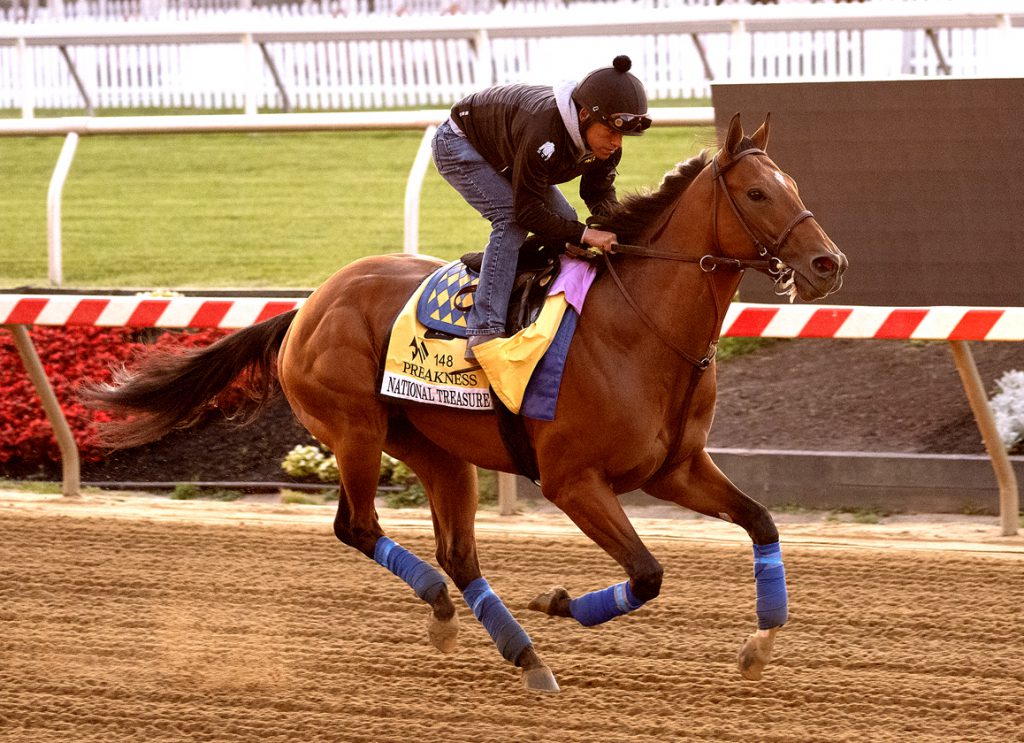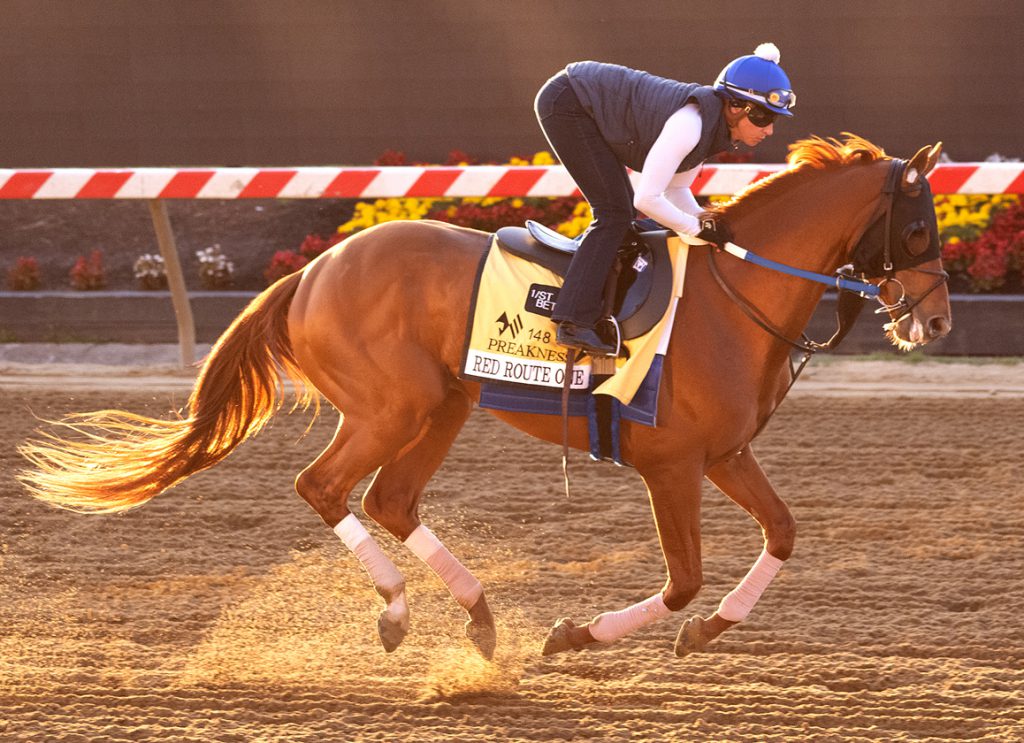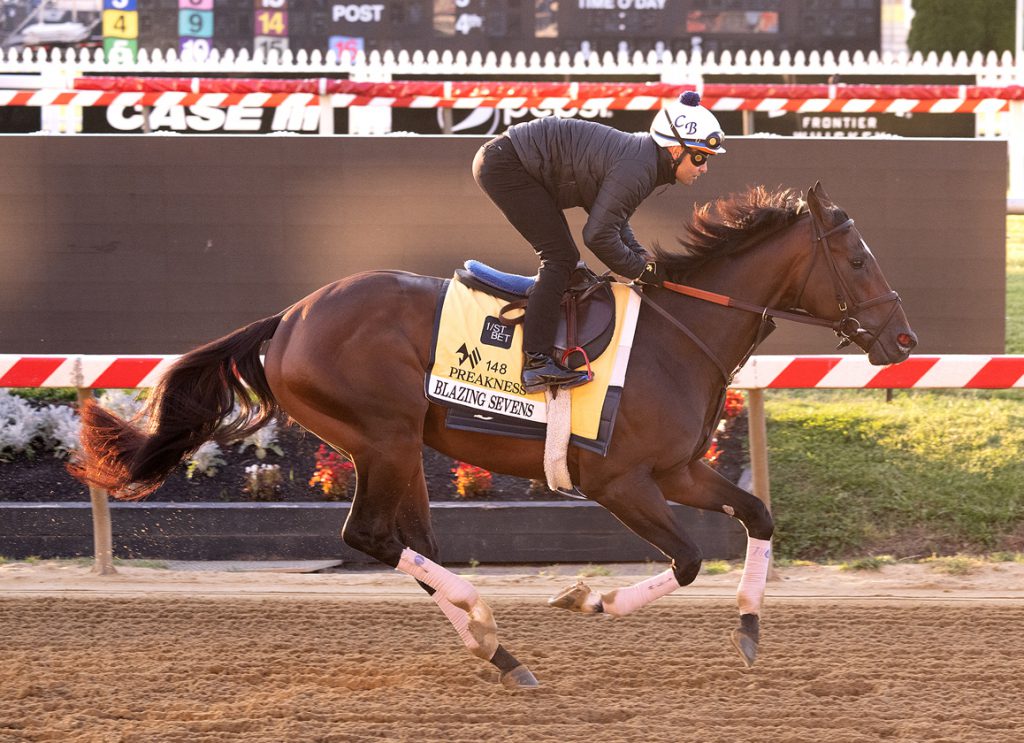Chase Chamberlin scrutinized the numbers. It was a Dickensian moment to be sure. The bank account didn't lie, he did in fact have a $120 balance. There wasn't any way around it, he was broke. Well, nearly broke.
It was just a couple years prior that he had received one heck of a proposal though and it wasn't something he could pass up. So going all-in, as they say, was the plan. Not to put too fine a point on it, when opportunity knocks or in this case, arrives via Instagram, then you must be ready to parlay.
“It was at the 2022 Dubai World Cup and we had poured everything into the business and we needed a win,” Chamberlin said. “There's a time to be disciplined and just go for base hits, but there's also a moment to be bold.”
The series of conversations that spawned from that Instagram message sent by his fellow Western Michigan alum Brian Doxtator concerned the seed of a new company–Commonwealth, also known as CMNWLTH–which the pair agreed early on was going to be about one thing, and one thing only, the members. Yes, the thrill of victory was involved and all that, but it would be about putting together a series of experiences around microsharing and sports. The engine behind it all and the driving force was a sense of belonging.
“Our model is about the journey,” Chamberlin explained. “This is about sharing a belief because we realize that sports like horse racing are based on faith and if you don't build that through trust, then it is difficult to attract new customers.”
As co-founders, Chamberlin who serves as the company's head of racing and Doxtator, who as CEO comes from a diverse tech background, envisaged a world of microsharing where investors could own an affordable piece of a Thoroughbred. They made some well-documented wise calls, like in that aforementioned Dickensian moment in 2022 when Country Grammar (Tonalist) claimed victory in the G1 Dubai World Cup. Other hinge points have followed with We The People (Constitution) going off as the favorite in the GI Belmont S., and of course, when the 382 members that bought shares in Mage (Good Magic) watched that chestnut colt roll late to pick up the GI Kentucky Derby.
“We didn't plan to win the [Kentucky] Derby this soon, but we knew that our program and our partnerships would put us in a position to compete at the highest levels because we have a great team and they know how to pick great horses.”
For Chamberlin, taking a chance on joining Doxtator in starting Commonwealth was full of risk, but he was confident that it was the right move. His competitive nature in business that was honed at college comes directly from the equestrian world. When he was four years old growing up near Kalamazoo, Michigan, his mother who worked in a hair salon and his father in a paper mill, stoked his budding love of horses by enrolling him in riding programs. It took him down a path from hunters and jumpers to becoming a multi-national champion in which he showed horses from half-Arabians to Quarter Horses around the world.
“They didn't have any connection to anything equine-related, but they made sacrifices and that stoked my passion,” he said. “Over time, I encountered all of these different breeds, people connected to them with their wonderful stories and it just created this obsession.”
Then, he started to think about Thoroughbreds.
“I remember always hearing that showing was a hobby that wanted be a business, while racing was a business that always wanted to be a hobby,” Chamberlin said. “I could maybe be away from horses for six months and then I would find a way to get right back to them.”
Melding that love for all things equine with the mission of Commonwealth was linked by Chamberlin's last position as head of growth at Epipheo, a Cincinnati-based company that has assisted the likes of Walmart, Google, SAP and even the U.S. Air Force with brand awareness campaigns through what is called a video-first strategy. In other words, they explain stuff, succinctly and in a way that is palatable.
“Strategies through these explainer videos were built on education and we know through research that if you confuse people, you'll lose them,” he said. “So, you want members to soak up these complicated ideas because if they don't care, then the moment's gone. It's the old curse of knowledge. What we are doing with horse racing and Commonwealth is similar.”
Working with bloodstock agents like Marette Farrell, and WinStar Farm's Elliott Walden and David Hanley has brought Chamberlin to the immersive waters of the sales ring and he has learned the language of Thoroughbreds. From breeding to racing, it continues to be an ongoing curve for him. There is a fair amount of torque that he has experienced, but the “vernacular” as he calls it, isn't that far off from the one he once knew.
“David [Hanley] was an Olympic-level show jumper, so when we talk horse flesh we have a certain understanding between us and that has only helped my education, which is all about being a sponge,” Chamberlin said. “This complex and dizzying world has brought us into contact with some amazing partners who are about integrity first and then talent, not the other way around.”
No matter what happens this weekend at the GI Preakness S., Commonwealth has wind in its sails. But Chamberlin is quick to remind anyone that will listen that this isn't just about victories. You can't have win after win in a business like this, no matter how blessed or brilliant you might be.
“Our focus here is to spread the word and not be drained by these moments of euphoria because we know they don't last in the way that our minds think they should,” he said. “So, what you do as a company is be grateful for them, relish it, file it away, but you can temper the downswing you will inevitably feel, if you enjoy that journey along the way.”
Finding the next Mage will not be easy, but remember Chamberlin's origin story as an equestrian, his sponge-like approach to knowledge and his ability to explain complexities are all built assets. As horse racing continues to try and solve their own Rubik's Cube when it comes to bringing new, younger faces into its fold, in just four years has Chase Chamberlin and Team Commonwealth found an answer?
With the sports betting revolution drawing in more diverse customers, in a similar way, Commonwealth is poised to expand their digital platform space into golf. The future looks bright for this unique business model. Affordable investing through a set of experiences which crossover to other sports? That sounds like quite a parlay coupled with a strong sense of belonging. Now, that might be an explainer video worth watching.
The post The Educational Parlay Of Chase Chamberlin appeared first on TDN | Thoroughbred Daily News | Horse Racing News, Results and Video | Thoroughbred Breeding and Auctions.







